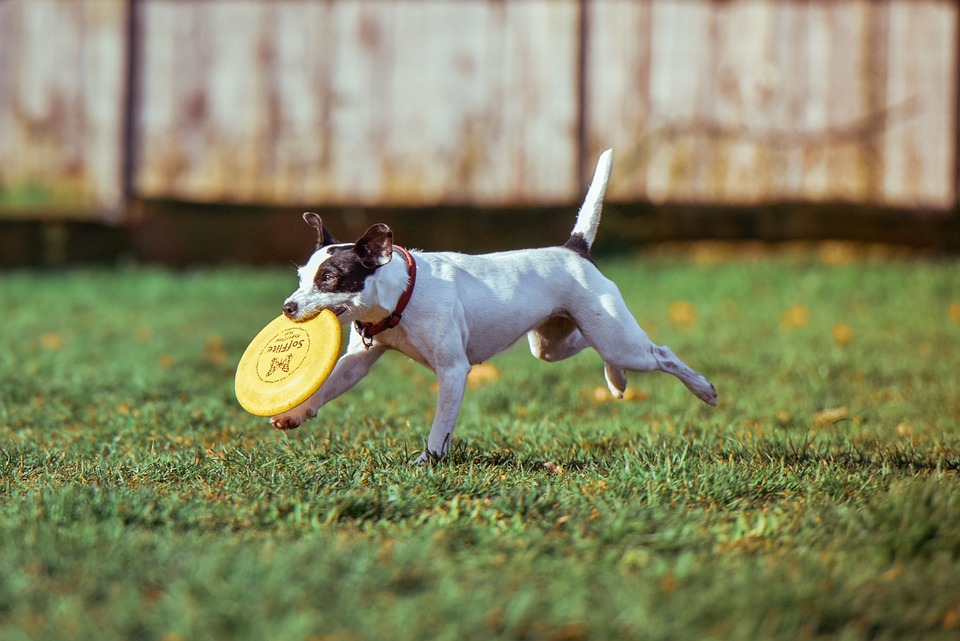Title: Mastering Dog Training: Harnessing the Power of Hand Signals for Commands
Introduction:
In the realm of dog training, effective communication is key to building a strong bond with your furry companion. While verbal cues are commonly used, incorporating hand signals into your training routine can significantly enhance your dog’s understanding and response to commands. In this article, we will delve into the art of using hand signals for dog training, providing valuable tips, techniques, and a comprehensive FAQ section to help you achieve success.
I. Why Use Hand Signals for Dog Training?
A. Enhancing Communication: How dogs perceive visual cues
B. Overcoming Auditory Challenges: Benefits of relying on visual signals
C. Expanding Training Possibilities: Adding versatility to command delivery
II. Basics of Hand Signal Training
A. Establishing a Foundation: Building trust and understanding
B. Selecting Signals: Choosing clear and distinct hand gestures
C. Pairing Signals with Verbal Cues: Reinforcing commands for better comprehension
D. Consistency is Key: Maintaining uniformity in hand signals across family or trainers
III. Teaching Hand Signals for Essential Commands
A. Sit Command:
1. Hand Signal: Demonstrating the palm-down gesture
2. Training Techniques: Luring, shaping, and rewarding
3. Common Challenges: Addressing resistance or confusion
B. Stay Command:
1. Hand Signal: The open palm, facing forward
2. Training Techniques: Gradual distance and duration increase
3. Common Challenges: Temptation and maintaining focus
C. Lie Down Command:
1. Hand Signal: A sweeping motion towards the floor
2. Training Techniques: Capturing, shaping, and rewarding
3. Common Challenges: Reluctance or distractions
D. Come Command:
1. Hand Signal: Outstretched arm with an open palm
2. Training Techniques: Using positive reinforcement and recall games
3. Common Challenges: Reinforcing reliability and avoiding distractions
IV. Frequently Asked Questions (FAQs)
1. Can hand signals be used alongside verbal cues?
2. How long does it typically take for a dog to learn hand signals?
3. Are certain breeds more receptive to hand signals than others?
4. Do I need to reinforce hand signals continuously, or will my dog remember them over time?
5. Can I create my own hand signals for commands?
6. What if my dog is deaf or has hearing impairments?
7. Should I start training my dog with hand signals as a puppy, or can I train an older dog?
Conclusion:
By incorporating hand signals into your dog training routine, you open a world of possibilities for effective communication and obedience. Remember, consistency, patience, and positive reinforcement are key elements in successfully teaching hand signals to your furry friend. With time, practice, and dedication, you’ll witness the remarkable transformation of your dog’s response to commands, strengthening the bond between you and your loyal companion.









